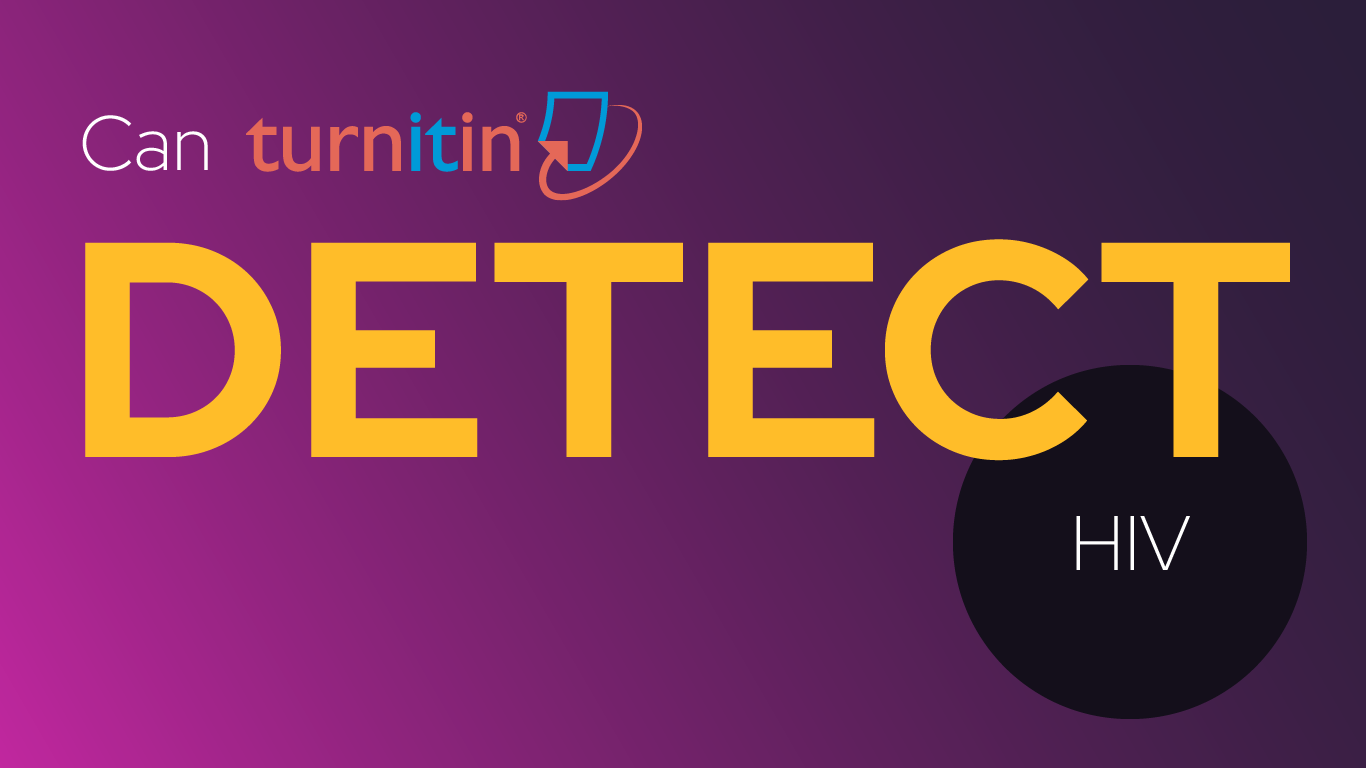GPTInf Review: Can It Truly Avoid AI Detection?
Ever read something and thought, “That’s written by a robot, isn’t it?” AI text can feel strange. Sometimes it’s too perfect, other times it’s oddly worded. It screams out: I’m written by a robot! Plus, Google has tools to spot AI text which may affect how it ranks online.
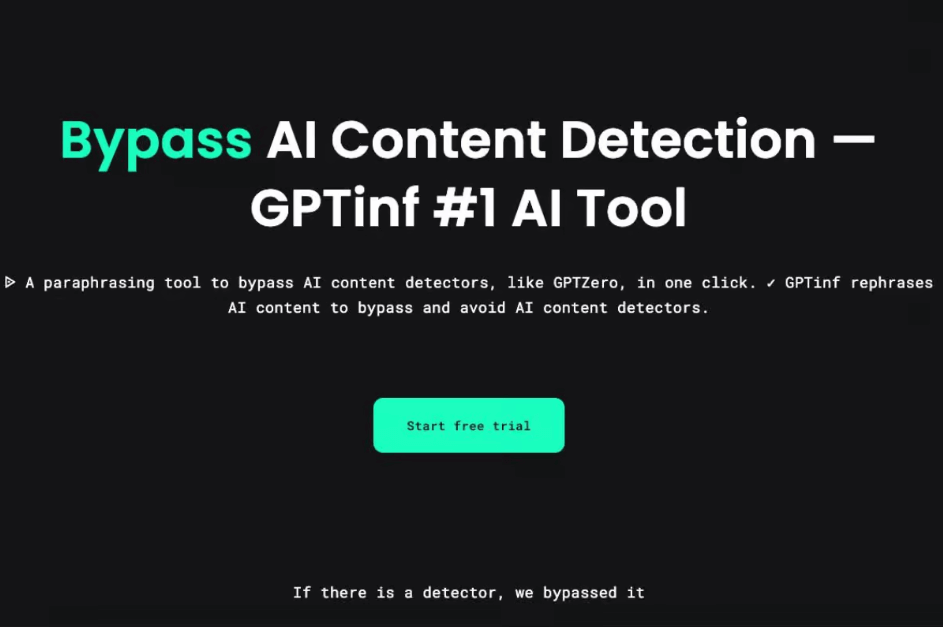
But now, a new class of software, called AI humanizers, is here. Their job is simple: make robot text seem real, like a person wrote it. They mix machine speed with human realness. If you’re using AI to write hard-to-spot text, these tools may be just what you need.
GPTInf, What’s that?
GPTInf is a handy tool. It simplifies making content, improving SEO, and spotting copied work. All this happens in one place.
The big attraction? It uses a hefty language model. This is common in high-tech AI systems. But GPTInf has special features. These features assist creators to make content that’s unique, optimized, and friendly for SEO purposes.
But what makes GPTInf tick? Simply put, it creates content from what the user puts in.
The AI makes sure its writing fits your key words, tone and format needs by looking at various cues.
In the background, it uses complex learning systems to make the text better. Its aim is to make it easy to read and in line with SEO needs.
GPTInf promotes itself as an AI tool that saves time, keeps originality and gives out content ready to be published with little to no editing needed.
What’s the Price Tag? Can We Use GPTInf For Free?
GPTInf offers a free version you can use, but it has some limits. If you want to use all the features, they have three payment options which are designed for different levels of use.
- The Lite Plan: It gives you up to 20,000 words each month, with a limit of 500 words in a single run. No AI tools can pick it up. It has a “compare mode” for checking two things side by side. You won’t get any strange or random words in your content, and there’s customer help. This plan costs $19 every month.
- The Basic Plan: With this one, you can have up to 50,000 words each month, without a limit on how many you can run at once. You can re-phrase for free, and it’s invisible to all AI. It includes “compare mode,” clean text, customer help, and you get to test new features ahead of everyone else. You can get this plan for $29 each month.
- The Pro Plan: This one gives you up to 150,000 words every month, with no limit on how many you can run at once. It also lets you re-phrase for free, is hidden from all AI, has “compare mode,” and produces clean text. You’ll have a dedicated customer help team, and you’ll be one of the first to try new features. The Pro plan will cost you $79 each month.
GPTInf has prices that work for everyone, no matter if you’re one person or a big group. It lets people who create things on a smaller scale or large teams all afford it.
A free version is there if you just want to try out simple things. But, to see everything it can do, having a subscription is important.
Let’s Take a Quick Look at GPTInf
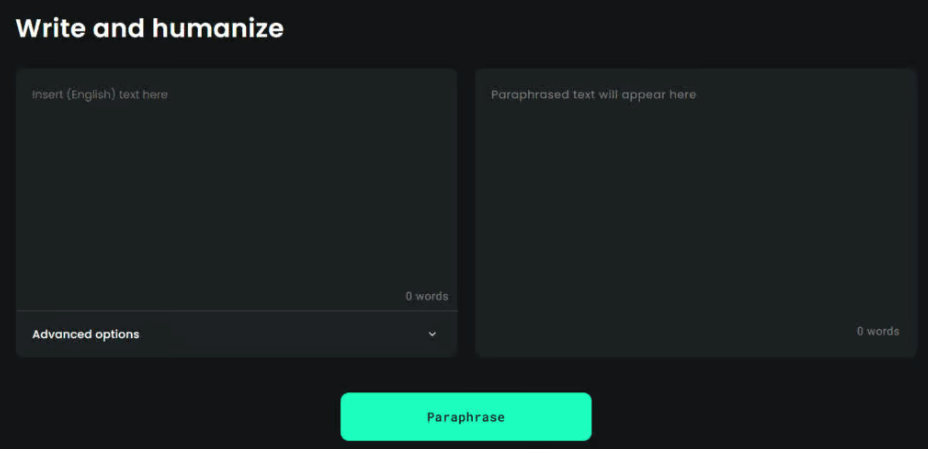
GPTInf is, in short, a tool that content creators can use to make their work easier. It helps automate some parts of the job.
This tool has a wide range of uses. From writing with the help of artificial intelligence, to checking if the content is original – it does it all. It’s aimed at making AI generated content feel more human.
GPTInf is cherished for being flexible, and for saving time on tasks that are often repeated. But, like many AI tools, it’s not perfect.
Sometimes, what the tool creates will need some tweaks. This is especially true if it’s a complex topic or something that needs creativity.
And for people who like to see personality or a human touch in their content, they may find the AI output lacking. It might need that extra fine-tuning to make it shine.
Main Highlights of GPTInf
GPTInf is like a handy helper for folks who create things, run businesses, or do marketing with AI-made stuff. It helps them fine-tune and make more human-like the things that AI makes so that tools that can spot AI can’t catch it.
Now, it’s not your usual deal where you get all the content made from nothing. No, it’s more about rewording and tailoring for SEO, which makes it quite a cool stand-out in the world of AI tools.
AI Content Paraphrasing
GPTInf’s main job is to give a new twist to pre-packaged AI content. It’s not about crafting fresh materials, but re-jigging what’s already there to sound more like a human penned it.
If you’re working with AI-drafted text from tools like ChatGPT or similar models, GPTInf can be pretty handy. Adjustments to the mood, word selection, and expression help evade AI-savvy sniffers.
GPTInf allows users to hold tight to critical points while rearranging sentences and choice of words for a richer, more personalized feel.
Despite these tweaks, AI detection tools might still sniff out the AI background, influenced by the original draft and degree of rerouting applied.
SEO Optimization Tool
GPTInf shines bright with a special SEO tool in its feature list. With it, you can handpick or keep key phrases throughout the reworded content. Pop in a new paragraph and find out how this clever tool lifts the clarity and importance of your content for search engines. If you run a blog, own a website, or market things online, this tool can be your ace in the hole. Add another fresh paragraph and you’ll find that it’s perfect for those who want to ramp up SEO but don’t want to sink into the jargon and technicalities of search optimization. And as another sparkling feature, users can fine-tune meta descriptions, headings, and other parts of the web page to make the output super SEO-friendly.
Backend Plagiarism Check
GPTInf says it uses a special tool to detect copied content in its AI-humanizing process. However, users can’t directly use this tool to check if their work is copied.
What GPTInf does is use this tool behind the scenes. It ensures that rewritten content isn’t seen as copied by search engines and AI tools.
But, if users wish to check for copied content or originality personally, they may need a different, special copied-content checker. This is because GPTInf’s special tool isn’t made to provide users with feedback on whether their work is unique.
Who could benefit from GPTInf?
The special skill of rephrasing from GPTInf is focused on a small but expanding group. This group mainly has people who already use content made by AI and want it better and easier for humans to read, without realizing it’s made by AI.
Let’s talk about different people who can benefit a lot from using GPTInf:
- Writers, who use AI for first drafts, can use it to add a human touch to their work. This will help their writing seem more real and won’t be picked up as AI-written.
- SEO experts might find it useful, too. It helps a lot with weaving in specific keywords while rephrasing words. This makes website content better for search engine ranks.
- Lastly, it can help marketers. They often need to use AI-based writing for campaigns or blog posts. With GPTInf, their content seems like it’s written by a person. This could make their content more popular!
GPTInf is a time-saving tool. It can reword sentences in a way that’s hard to tell it comes from a machine. But that doesn’t mean it’s useful for everyone.
For example, hold on if you are a creator who cares deeply about your unique brand voice. Why? Because, the reworded sentences might still need your personal touch to meet your quality standards and the subtle meanings you want to convey.
The Good and Bad Points for Those Making and Selling Content.
Good Parts:
Making AI-created drafts sound more human can help dodge tools that spot AI work. Keeping key search terms and making tweaks on your own amps up chances of popping up in search engines. It speeds up your work by sprucing up what AI made, saving you from a total rewrite.
Not-So-Good Parts:
It’s got a tight focus: it’s all about jazzing up what AI has done, instead of cooking up fresh content on its own. Dodging AI sniffing tools isn’t fail-proof: even with a fancy makeover, some AI detectors might wink at the produced work if it’s too formulaic or common.
What Kind of Stuff Can You Make with GPTInf?
GPTInf is mainly used to change up words, making things more interesting and fun. However, it doesn’t just stop at that. It helps create all kinds of writing pieces by making AI-written pieces easier for people to read and understand, while also making sure they’re great for SEO guidelines.
Some content forms truly stimulate GPTInf’s strengths:
- Blog Articles: GPTInf refines machine-produced drafts, resulting in smoother and more natural sounding blog entries. These are perfect for blogs focused on search engine optimization, where evading detection from AI is crucial.
- Social Media Annotations: GPTInf’s rephrasing skills are handy for platforms that require snappy and eye-catching phrases. This makes machine-written captions feel more organic.
- E-Commerce Descriptions: In the digital retail sphere, GPTInf can improve on machine-created descriptions by giving them a more friendly yet enticing tone for potential buyers.
- SEO-Focused Pieces: Thanks to its keyword conservation feature, GPTInf can assist with SEO-oriented content that matches with ranking tactics, albeit sounding less like it was machine-made.
- Email Text: Marketing pros can utilize GPTInf to revise machine-crafted emails, rendering them more reader-friendly and personalized for various campaigns.
When GPTInf users stick to these sorts of content, a lot of perks come their way! They spend less time sprucing up AI-made drafts and even get to enjoy little boosts to SEO and reading ease.
Did It Succeed? The Outcome
To see how GPTInf works, we did a test. We used a simple essay made by a robot from ChatGPT.
We first checked the words with a machine called Netus.ai. It’s a great machine for finding things written by robots.
Just as we thought, the machine picked up that the essay was made by a robot. This means GPTInf didn’t fully hide that a robot wrote it.
So, we decided to see what would happen if we put the essay through GPTInf’s paraphrasing device. We wondered if a rework of the words and order could make it read more like a human wrote it.
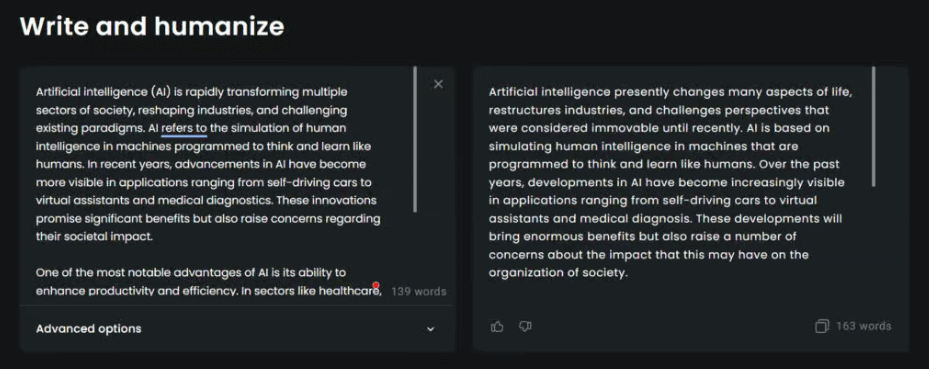
This tool worked to change parts of the text and shifted the way it was phrased. Still, the unique “AI” quality could be spotted.
Despite the efforts to alter the wording, an AI tracker called Netus.ai pinned it as robot-created.
This shows the boundaries that GPTInf faces when it comes to sneaking past AI trackers, especially when the writing needs to feel genuinely human.

Let’s delve into the next part. We’ll unravel the mystery of why GPTInf found it tough to stay hidden. We’ll also discover what this implies for those who aim to fashion content that’s hard to spot. New Paragraph
Is it Possible for AI to Spot GPTInf?
So, you’re wondering why GPTInf didn’t manage to fly under the radar of Netus.ai’s scrutiny when it tried to rephrase the text, right? Well, the crux of the problem dwells in the unique way GPTInf and similar AI models go about reshuffling words and sentences.
GPTInf is pretty adept at shuffling around sentence structures and subbing in different words that mean the same thing. But here’s the thing, text that’s been crafted by an AI has a certain rhythm, a set way of sequencing words and phrases that are a dead giveaway that a machine had a hand in writing it.
Now, Netus.ai is the top of its class when it comes to AI detection tools. It’s been trained to pick up on these patterns. This nifty tool won’t let machine-crafted content slide, even if another AI has taken a crack at rephrasing it.
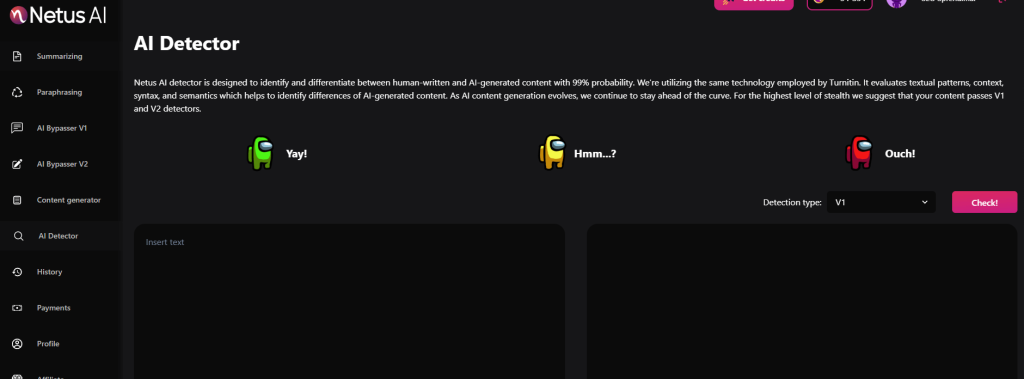
Big language systems, like GPTInf, can talk smart but still miss some of the quirks or little things that make our human writing special. It’s like trying to pretend to be something you’re not – people can usually spot it!
It gets even trickier when you’re talking about complicated things, this is when the computer’s basic language style sounds more clear.
Even though GPTInf lets people make or change content, sometimes it still can’t sneak past smarter computer detection tools.
So, for those who make content and want to keep it hush-hush, they might have to find new ways to create or improve work made by a computer.
Best Alternatives for GPTInf
Consider this: Netus.ai brings to you the Humanizer AI, one of the top alternatives to GPTInf for creating authentic content that seems human-made. This AI solution is specially designed for people who want their content to sound naturally human.
Rather than just rewording text, Humanizer AI takes it to another level, giving the content an organic touch. It doesn’t just paraphrase like GPTInf. Instead, it erases the usual patterns that point towards being machine-generated.
The technology behind it is quite sophisticated as it adds the minor nuances, varying language structures, and irregularities which make your content seem sincerely human. It changes the game for professionals and firms in need of top-notch, subtle content that stays genuine.
Compared to the basic paraphrasing service provided by GPTInf, Humanizer AI gives you a sturdy solution if you’re serious about dodging AI detection.
Why wait? Put Humanizer AI to use by tapping on the widget below and give your content an authentic and organic touch with a mere click! Feel the change by trying it today!
Wrapping Up: GPTInf Review – Can It Truly Avoid AI Detection
Wrapping things up, GPTInf is pretty handy for helping to make writing tasks easier. But there’s a catch. Even though GPTInf can reword anything with ease, it’s not perfect. If you’re aiming for work that feels genuinely human and doesn’t seem like a machine did it, GPTInf might fall short.
People who really want their work to stand out as unique might find that GPTInf’s rewording tool doesn’t cut it when it comes to avoiding AI detection. If you’re looking for a writing style that sounds more like a real person and can slip past detection systems, you might be better off with tools like Humanizer AI from the folks at Netus.ai.
Related Posts
Through digital leadership we empower people to leverage the opportunities in global economy



